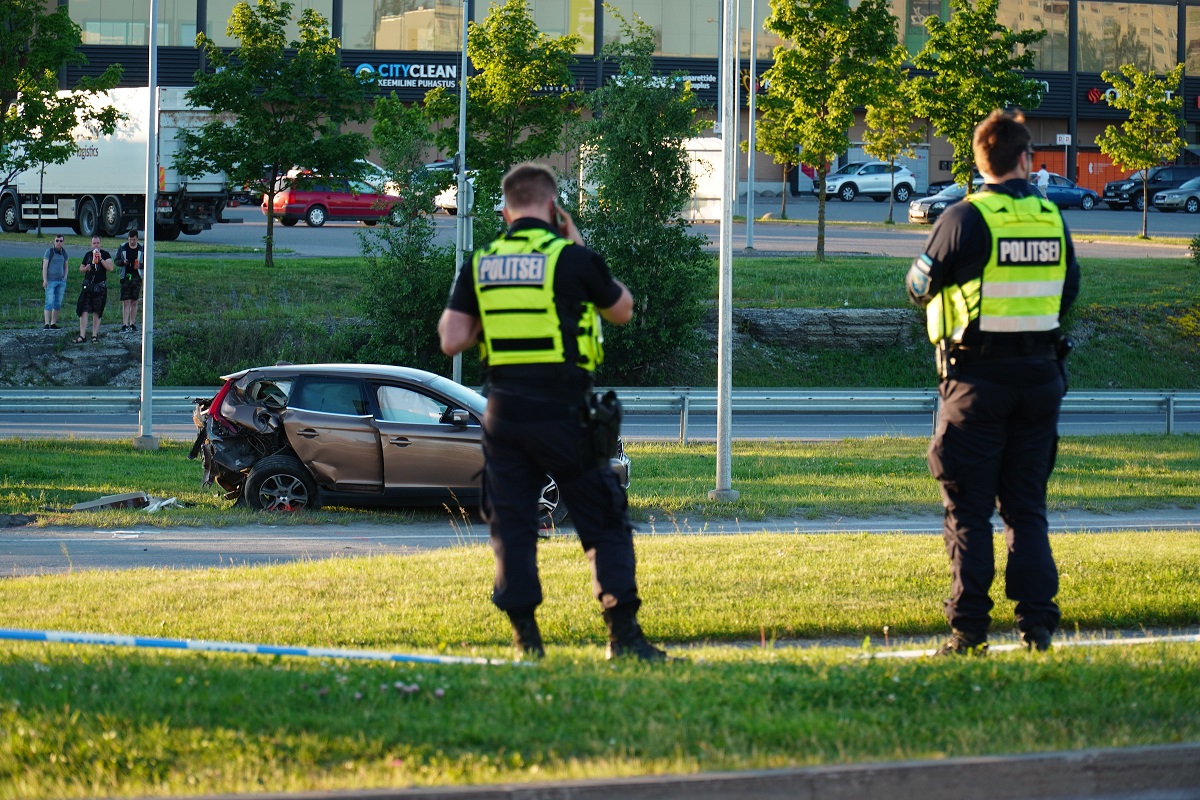Contents of this Post
ToggleCar accidents are unfortunate and unseen catastrophes that can strike anyone at any time with lasting consequences for the parties involved, and they occur frequently; in 2020, there were 35,766 fatal car accidents in the U.S.
Even if the accident was not fatal, the chances of receiving injuries and the car being damaged are high. You must know how to legally navigate this situation and obtain the proper compensation for the damage. Continue reading this article to learn about the different kinds of car accidents and their respective legal and social implications.

1. Rear-End Collisions
One of the most common types of road accidents, rear-end collisions, usually occur at lower speeds. Typically, the rear car is liable for these accidents, failing to keep a safe distance from the vehicle in front to avoid collision when suddenly stopping.
This accident’s legal implications can vary depending on the severity of injuries inflicted and property damage. The at-fault driver is expected to cover these costs. In some situations, the leading driver can be equally at fault, and the compensation is reduced. For instance,
- The lead driver suddenly goes into reverse
- Faulty brake lights of the lead car
- The lead car driver does not move their car out of the way when a mechanical issue arises
- A brake-check, or when the leading driver intentionally brakes their car to surprise, intimidate, or annoy the trailing car driver
Brake checking is a serious traffic violation that, with proper evidence, may lead to criminal reckless driving charges. You can use a witness, surveillance footage, or doorbell camera recordings as evidence to prove an unnecessary or deliberate brake.
However, If the other party unjustly accuses you of brake-checking, do not apologize, as this might serve as evidence for admitting your fault or being guilty. Instead, consult an experienced car accident lawyer on how to proceed. In cases of shared responsibility for a vehicle crash, two types of laws are employed according to the state you are in.
- In contributory negligence law, no party can claim any damages if they bear even 1% of the fault for the accident.
- In comparative negligence law, the liability is split between the drivers in percentages, and the damages that can be recovered vary accordingly.
2. Multiple Car Pile-Ups
A pileup accident consists of multiple cars crashing into one another. It is often caused by adverse weather conditions like snow and fog. The aftermath of a pileup gets complicated as so many different parties are involved, and reaching a reasonable settlement takes time.
Responding officers and authorities must gather all information and evidence from CCTV, dash cam, smartphone footage, and eyewitnesses. Once a party is found guilty of causing the accident, they and their insurance company must bear the brunt of the financial compensation for everyone else involved.
As a victim of a pileup accident, you can seek damages by filing a lawsuit. You will have to record a victim impact statement stating how the accident affected them financially, mentally, and physically. You may collect medical expenses, car repair budgets, and financial restitution according to the court’s decision.
If you are held responsible for the pileup, it is essential to consult a legal party that can put forward evidence and arguments to reduce your blame. If you can prove another driver’s negligence, you can evade damage compensation entirely or partially, depending on your state’s laws. You should also take pictures of the scene and the vehicles as evidence and collect information on the other drivers so your insurance company can contact them with questions to investigate the situation appropriately.
3. Rollover Car Accidents
Rollover accidents are accounted to have the most fatalities in light-weight vehicles. Most of these involve only one car, where its roof collapses when rolling over or the passenger gets ejected from the windscreen. Causes of rollover accidents can include faulty car designs, dangerous infrastructure, or defective tires.
If you experience a rollover accident caused by a manufacturing defect in your vehicle that the company has not publicized, you can file a product liability lawsuit. On the other hand, if the ‘tripping’ phenomenon caused your accident, in which the car’s forward motion is disturbed by a tire hitting a bump on the road, you can sue the municipality or the private entities responsible for building the roads.
Endnote
Regardless of whether you are guilty or a victim, you must be aware of your rights in car accidents. Minor details can shift the liability between the involved parties or determine the extent of charges the victim can legally press against those responsible.
Most importantly, right after a vehicle crash, you must seek immediate medical treatment in a road accident, even if you are not visibly injured. Some major car accident injuries, like concussions, present their symptoms days after the incident.
